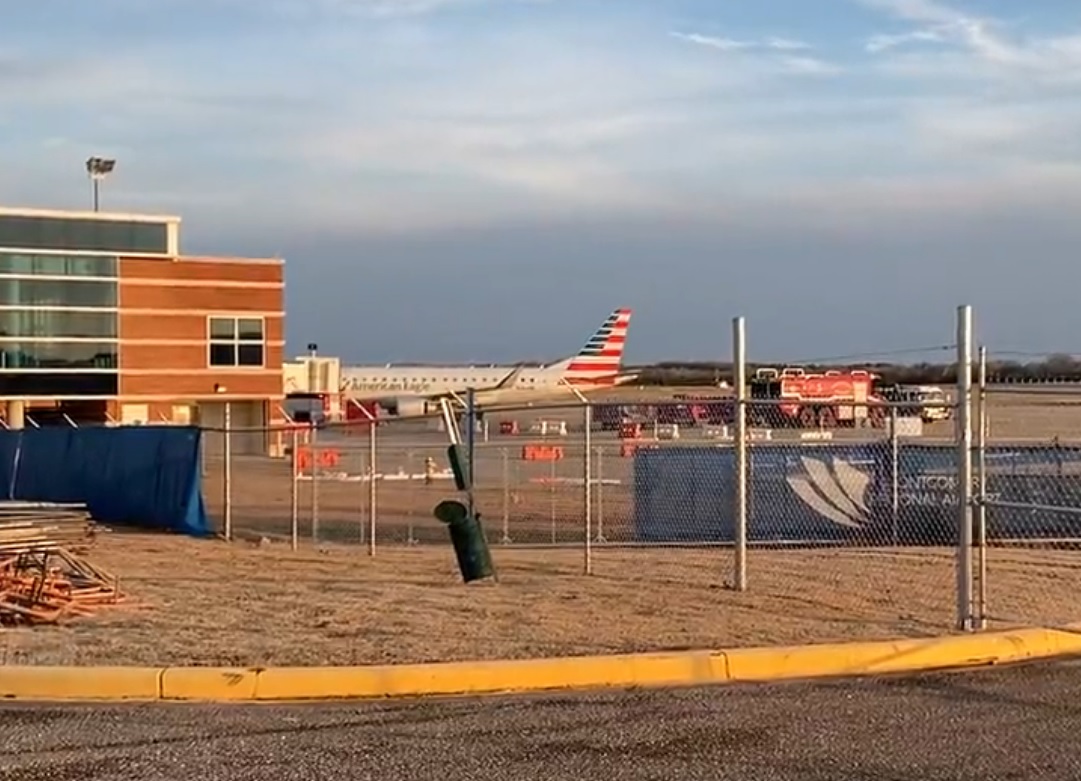


On its 65th anniversary, Federal Aviation Administration decided to review its efforts on ground safety, and released a SAFO (Safety Alert for Operators) to highlight the concerns in this regard.
A 34-year-old ground crew worker was killed after being "ingested" into a plane engine at the Montgomery, Alabama, airport at the end of last year. The Occupational Safety and Health Administration concluded that the fatal incident could have been avoided if safety procedures were followed.
Through SAFO 23006, the Federal Aviation Administration has asked carriers and operators to review safety procedures after a slew of deaths and injuries among airport workers, engaged in the ground handling of the aircraft.
The death of the airline employee in December after being ingested in a running engine and another serious injury prompted the Federal Aviation Administration (FAA) to issue this safety alert to airlines in an effort to prevent more such incidents.
FAA safety alert said,
Title 14 of the Code of Federal Regulations (14 CFR) Parts 91, 91 subpart K (Part 91K), 121, 125, 129, and 135 about the importance of personnel remaining clear of an aircraft in tow until after it has come to a complete stop and chocks are installed.
Another airport worker died in June 2023 , after he was "ingested" into the engine of a Delta aircraft at San Antonio International Airport, though some sources said that the act was suicidal.
On that day, Delta Flight 1111 had arrived at the airport and was taxiing to the gate on one engine around 10:25 p.m. when the deadly incident happened. The Airbus A319 aircraft had just arrived from Los Angeles International Airport.
As per FAA, information is applicable to all operators under 14 CFR that either tow aircraft or have procedures for towing, ground handling, servicing or marshalling aircraft,
This SAFO also informs aircraft operators about marshalling of aircraft. This SAFO also recommends those operators review their procedures to ensure they include information regarding these topics. This information is applicable to all operators under 14 CFR that either tow aircraft or have procedures for towing, ground handling, servicing or marshalling aircraft.
FAA came up with some Recommended Action, which are also a part of the current edition of Advisory Circular (AC) 00-65, Towbar and Towbarless Movement of Aircraft and will be incorporated into AC 00- 34, Aircraft Ground Handling, Servicing, and Marshalling.
As per FAA, Operators should use their Safety Management System (SMS) (14 CFR part 5), or a similar safety risk management and safety assurance process, to evaluate its towing and marshalling procedures to ensure:
In another worrisome development, Federal Aviation Administration (FAA) internal records and other sources show that near-misses involving commercial airliners have happened on average multiple times a week this year, with many occurring at or near airports as a result of human error.
The alert comes as questions arise about U.S. aviation safety due to these kind of near-miss incidents. The FAA has said it will hold runway safety meetings at 90 airports over the next few weeks.
The Federal Aviation Administration has awarded more than $121 million to airports across the country to reduce the risk of runway incursions. Projects will reconfigure taxiways that may cause confusion, install new lighting systems and provide more flexibility on the airfield.
“The FAA is serious about ending runway incursions and we are putting substantial resources behind our efforts,” said Associate Administrator for Airports Shannetta Griffin, P.E. “In some cases the best way to address safety risks is modifying or reconfiguring existing airfields - these grants directly address those situations.”
The projects involving airports will be designed to “reconfigure taxiways that may cause confusion, install new lighting systems and provide more flexibility on the airfield” with the goal of reducing near misses.
The FAA has also introduced several runway safety technologies to provide pilots and controllers increased situational awareness.
The Occupational Safety and Health Administration has issued American Airlines subsidiary Piedmont Airlines a citation for the serious violation in June for exposing ground crew workers to ingestion hazards while performing ground handling activities.
